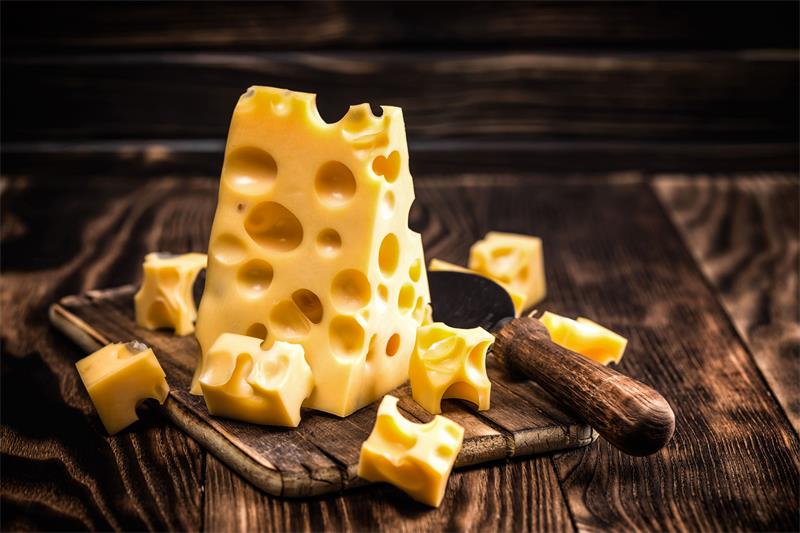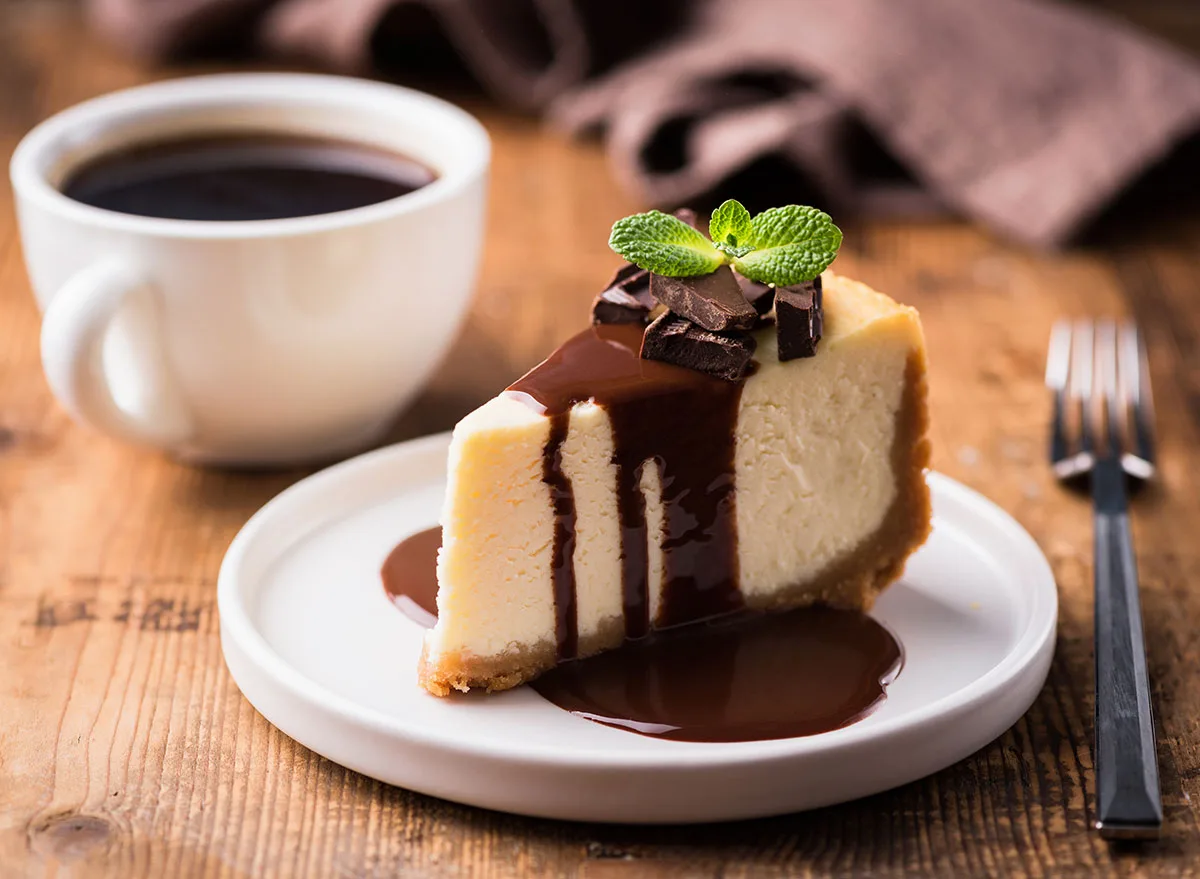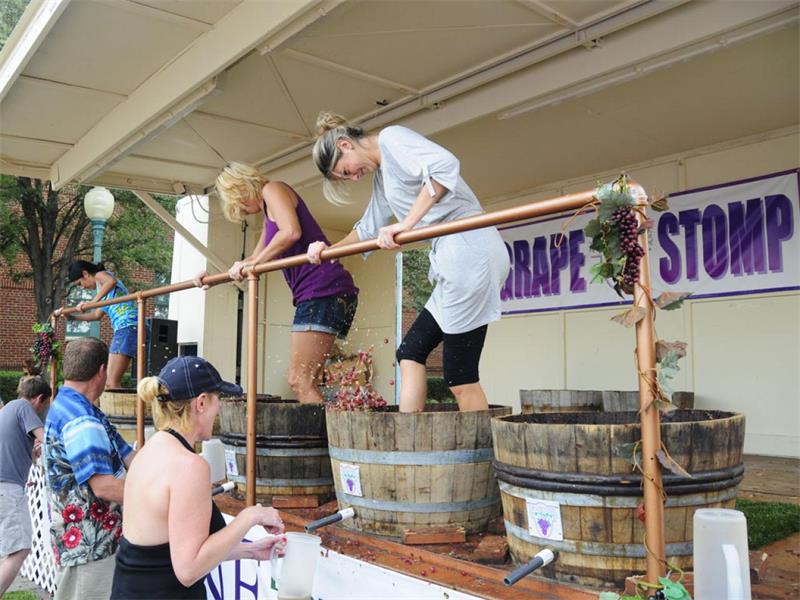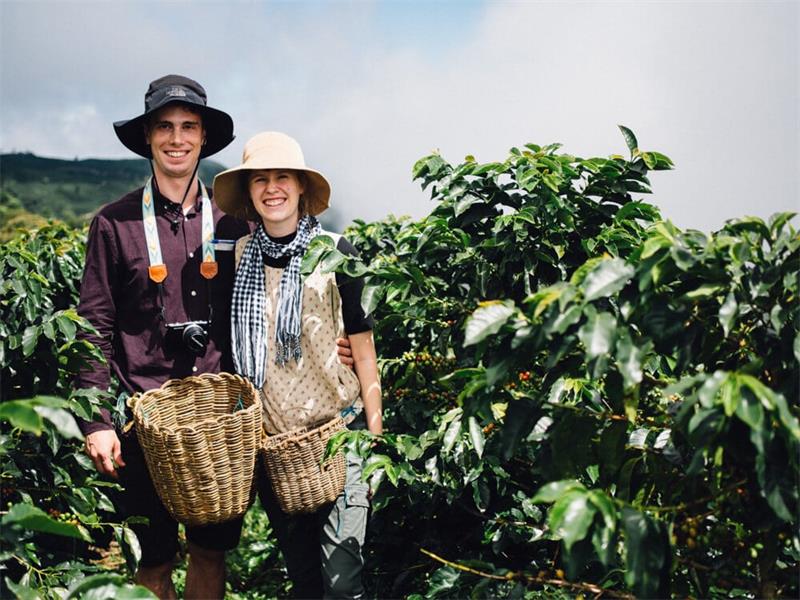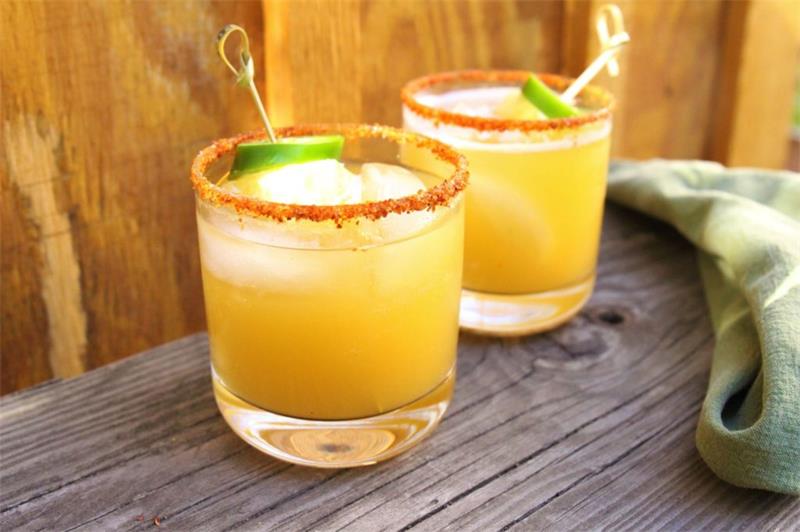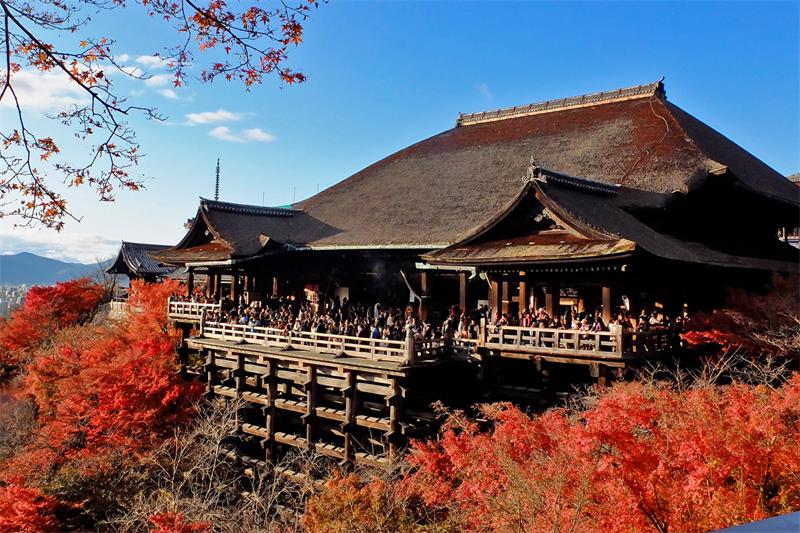Contents
The Veritable Swiss Cheese: A Journey into the Rich History and Culture of Swiss Cheese Making
The Birth of Swiss Cheese: A Brief History
Switzerland is known for its gorgeous mountainous landscapes, precise timepieces, and of course, its rich variety of cheeses. The practice of cheese making in Switzerland dates back to ancient times when nomadic tribes roamed the mountains with their herds.
Over the centuries, cheese makers have developed skills and techniques that have allowed them to produce some of the most delicious and sought-after cheeses in the world. The history of Swiss cheese making can be traced back to the medieval period when certain monasteries took it up as a form of livelihood.
However, it wasn’t until the 19th century that Swiss cheese gained international recognition for its unique taste and texture. It was during this time that Switzerland started exporting cheeses like Gruyère, Emmental (often referred to as ‘Swiss cheese’), Appenzeller, Tilsiter, Sbrinz among others.
Cheese Making: An Integral Part of Swiss Culture
Cheese making is not just a source of livelihood but also an integral part of Swiss culture. From family-run dairies nestled in idyllic mountain villages to larger companies producing large quantities for export worldwide – cheese makers take pride in their craft and are dedicated to maintaining high-quality standards.
In fact, in some regions like Fribourg or Gruyère where centuries-old traditions are still being followed today – it’s common knowledge that cheesemaking has been passed down from one generation to another. These traditions include using specific strains of bacteria or allowing their cows to graze on specific types of pastures at certain times during the year.
For many small communities across Switzerland – cheese making plays a vital role in keeping their culture and economies alive since many rely on it as their primary source of income. In fact, cheese making is so important to Swiss culture that it has its own museum – the Maison du Gruyère in the canton of Fribourg where visitors can learn about the history and production of Swiss Cheese.
The Cheese Making Process
Milk Selection and Preparation
The cheese making process in Switzerland begins with the selection of the milk. Swiss cheesemakers take pride in selecting the highest quality milk from local farmers who have been raising cows for generations. The milk is carefully tested and pasteurized to ensure it meets strict health standards before it can be used to make cheese.
Once the milk has been selected and prepared, cheesemakers add a starter culture to encourage acidification of the milk. This helps to create a strong, distinct flavor in the finished product.
Coagulation and Curd Formation
After acidification, rennet is added to coagulate or thicken the milk into a curd. Rennet is an enzyme that breaks down the proteins in the milk, causing it to solidify into curds.
The time it takes for coagulation varies depending on factors such as temperature, acidity, and type of rennet used. Cheesemakers carefully monitor this process to ensure that they get just the right texture for their cheese.
Cutting and Stirring the Curd
Once the curds have formed, they are cut into small pieces using special tools called cheese harps or knives. The size of these pieces will affect the texture of the finished cheese.
Cheesemakers then stir and agitate these small pieces of curd. This helps to expel whey (the liquid component of milk) from within each individual curd piece.
Draining and Pressing the Curd
Next, cheesemakers remove excess whey by draining it off or pressing it out with weights. This step will determine how dry or moist a cheese will be.
The drained curds are then shaped into wheels or blocks using special molds or hoops before being pressed again to remove any remaining whey. The amount of time and pressure used for pressing will determine the density and texture of the cheese.
Aging and Ripening
Cheesemakers transfer the pressed cheese to a controlled environment where it can age and ripen for anywhere from a few weeks to several years. During aging, bacteria work their magic on the cheese, breaking down proteins and creating unique flavors and aromas. Each type of cheese has its own ideal aging conditions, such as temperature, humidity, and air flow.
Cheesemakers must carefully monitor these conditions to ensure that their cheeses develop properly. The length of time a cheese is aged determines its flavor profile – some are mild while others are sharp or pungent.
Popular Swiss Cheeses
Emmental: The Classic Swiss Cheese
When most people think of Swiss cheese, they probably imagine Emmental. This cheese is known for its distinctive large holes and nutty flavor.
Emmental is made from raw cow’s milk and has been produced in Switzerland for more than 800 years. To make Emmental, the milk is heated and rennet (an enzyme that causes the milk to separate into curds and whey) is added.
The curd is then cut into small pieces and heated again until it separates further from the whey. The curd is then placed in a mold where it settles and pressed to remove excess moisture.
It’s then aged for several months to develop its distinct flavor. Emmental is a versatile cheese used in many cuisines, including sandwiches, salads, fondue, quiches, and soups.
Gruyère: A Creamy Delight
Gruyère is another classic Swiss cheese known for its creamy texture and nutty taste. It’s made from whole cow’s milk that’s heated with rennet until it coagulates into curds.
The curds are then cut into small pieces before being drained of whey and placed in molds to be pressed. After pressing, Gruyère goes through a maturation process that lasts anywhere from three to ten months depending on the desired flavor profile.
During this time, the cheese develops small holes similar to those found in Emmental but with a creamier texture and more complex flavor. Gruyère can be eaten on its own or used as an ingredient in numerous dishes such as gratins, quiches, soups, fondues or even melted over French onion soup!
Appenzeller: One of Switzerland’s Oldest Cheeses
Appenzeller is a semi-hard cheese with a unique flavor that’s been enjoyed in Switzerland since the Middle Ages. The cheese is produced using raw cow’s milk which is first curdled using natural ingredients such as herbs, spices, and salt.
After the curdling process, the cheese is shaped and allowed to dry before being brined for up to 20 days. The brining process gives Appenzeller its distinct taste and rind.
While it ages, it’s coated with a secret mixture of herbs that give it an unmissable flavor profile. As such, each wheel of Appenzeller has its own unique taste.
Appenzeller can be enjoyed on its own or used as an ingredient in dishes like quiches or melted over potatoes. It also pairs well with a variety of wines including Pinot Noir and Chardonnay.
Regional Variations
Switzerland is a small country with diverse regions, each with its own unique cheese-making traditions. As a result, Swiss cheeses vary greatly in flavor, texture, and appearance. The most famous Swiss cheeses are Emmental and Gruyère, but there are many other delicious varieties to discover.
Differences between cheeses made in different regions of Switzerland
One example of the diversity of Swiss cheese is the difference between Vacherin Fribourgeois from Fribourg and Tête de Moine from Bern. Vacherin Fribourgeois is a soft cheese made from raw cow’s milk that has been aged for 60 days. It has a nutty flavor with a creamy texture that melts in your mouth.
On the other hand, Tête de Moine is made from raw cow’s milk and has been aged for at least three months. It has a strong aroma and a slightly spicy taste.
Another example of regional differences is Appenzeller cheese, which comes in three different varieties depending on how long it has been aged: mild (aged for 3-4 months), medium (aged for 4-6 months), and extra (aged for over six months). The longer the cheese is aged, the sharper its flavor becomes.
Examples: Vacherin Fribourgeois from Fribourg vs Tête de Moine from Bern
Vacherin Fribourgeois and Tête de Moine are both great examples of Swiss cheese with very distinct characteristics. Vacherin Fribourgeois is often used as an ingredient in fondue or melted on top of potatoes or vegetables.
In contrast, Tête de Moine can be served as part of a cheese board or shaved into thin slices using a special tool called girolle. At the end of the day, each region in Switzerland has its own unique cheese-making traditions that have been passed down for generations.
Whether you prefer a mild, nutty flavor or a sharp, tangy taste, there is a Swiss cheese out there for everyone. So why not explore the different varieties and find your favorite?
Cheese Pairings and Serving Suggestions
Traditional cheese pairings with wine or beer
Swiss cheese is known for its delicious, distinct flavor that pairs perfectly with a variety of wines and beers. One classic pairing is Emmental cheese with a glass of dry white wine such as Chardonnay or Sauvignon Blanc. The nutty, slightly sweet flavor of Emmental pairs nicely with the crisp acidity of the wine.
Another popular pairing is Gruyère cheese with a glass of red wine such as Pinot Noir or Merlot. The fruity flavors in the wine complement the rich, buttery taste of Gruyère.
If you prefer beer over wine, consider pairing your Swiss cheese with a cold brew. A light lager like Heineken goes well with fresh, young Swiss cheeses, while more robust beers like stout or porter are perfect for strong and aged cheeses like Appenzeller.
Creative serving suggestions for Swiss cheeses
Swiss cheese doesn’t have to be reserved for just crackers and bread! Get creative with your serving suggestions to impress your guests at your next party. One unique idea is to serve thin slices of Tête de Moine arranged in a flower shape using a special tool called “Girolle”.
This not only looks beautiful but also enhances the taste as it allows more air to come into contact with the surface area. Another fun idea is to make mini grilled cheese sandwiches using Emmental and sourdough bread cut into bite-sized pieces and served on skewers alongside tomato soup shooters.
Or try melting Gruyère on top of roasted potatoes for an elevated version of traditional potato skins. No matter how you choose to serve it, Swiss cheese will always be a crowd-pleaser that adds depth and complexity to any dish.
Lesser-Known Swiss Cheeses
Discovering the Hidden Gems of Swiss Cheese
Switzerland is renowned for its world-class cheeses such as Gruyère and Emmental, but there are a few lesser-known varieties that should not be overlooked. One such cheese is Sbrinz, which has been produced in Switzerland for over 1,000 years. It is a hard cheese with a sharp, nutty flavor and crumbly texture that pairs well with hearty bread and full-bodied red wines.
The production process of Sbrinz involves using raw milk from cows grazing on Alpine pastures. The milk is heated and then mixed with rennet to form curds.
The curds are then pressed into molds before being aged for at least 18 months in cool cellars. During the aging process, Sbrinz develops its distinctive flavor and texture.
Another lesser-known Swiss cheese worth trying is Tilsiter, which has a tangy flavor that can range from mild to spicy depending on how it is aged. Tilsiter was first made by German-speaking Swiss cheesemakers in the late 19th century and remains popular today throughout Switzerland.
The Making of Tilsiter Cheese
Tilsiter cheese starts with pasteurized cow’s milk that is warmed before adding starter cultures to acidify it. After coagulation with rennet, the curd is cut into small pieces and stirred before being heated again to release more whey. The mixture is then molded into blocks or wheels before being brined in saltwater solution for several days.
The brining process helps develop the characteristic tangy flavor of Tilsiter cheese while also preserving it against spoilage during aging. After brining, the cheese can be either consumed fresh or aged up to several months resulting in different textures and intensities of taste depending on the desired results.
Conclusion
After exploring the art of cheese making in Switzerland, it’s clear that this country takes its cheese seriously. From the milk selection and preparation to the aging and ripening process, every step is carefully crafted to produce some of the world’s finest cheeses.
The popularity of Swiss cheese extends far beyond its borders, and it’s easy to see why. Throughout this article, we’ve covered a lot of ground on the subject of Swiss cheese making.
We started with a brief history on the origins of this art form in Switzerland and how it has evolved over time. We then dove into the intricacies of the cheese making process itself, covering everything from milk selection to pressing and aging.
We also explored some of Switzerland’s most popular cheeses like Emmental, Gruyère, and Appenzeller as well as some lesser-known varieties like Sbrinz or Tilsiter. We learned about their unique characteristics and production processes as well as their various uses in cuisine.
We delved into regional variations between Swiss cheeses made in different parts of Switzerland and discussed traditional pairings with wine or beer as well as creative serving suggestions. There is no denying that Swiss cheese is an art form worth celebrating.
With its rich history and intricate process, it truly is a product of passion and dedication. So next time you enjoy a slice of Emmental or Gruyère on your sandwich or pizza, take a moment to appreciate all that went into creating that delicious piece of cheese – from cow to plate!

